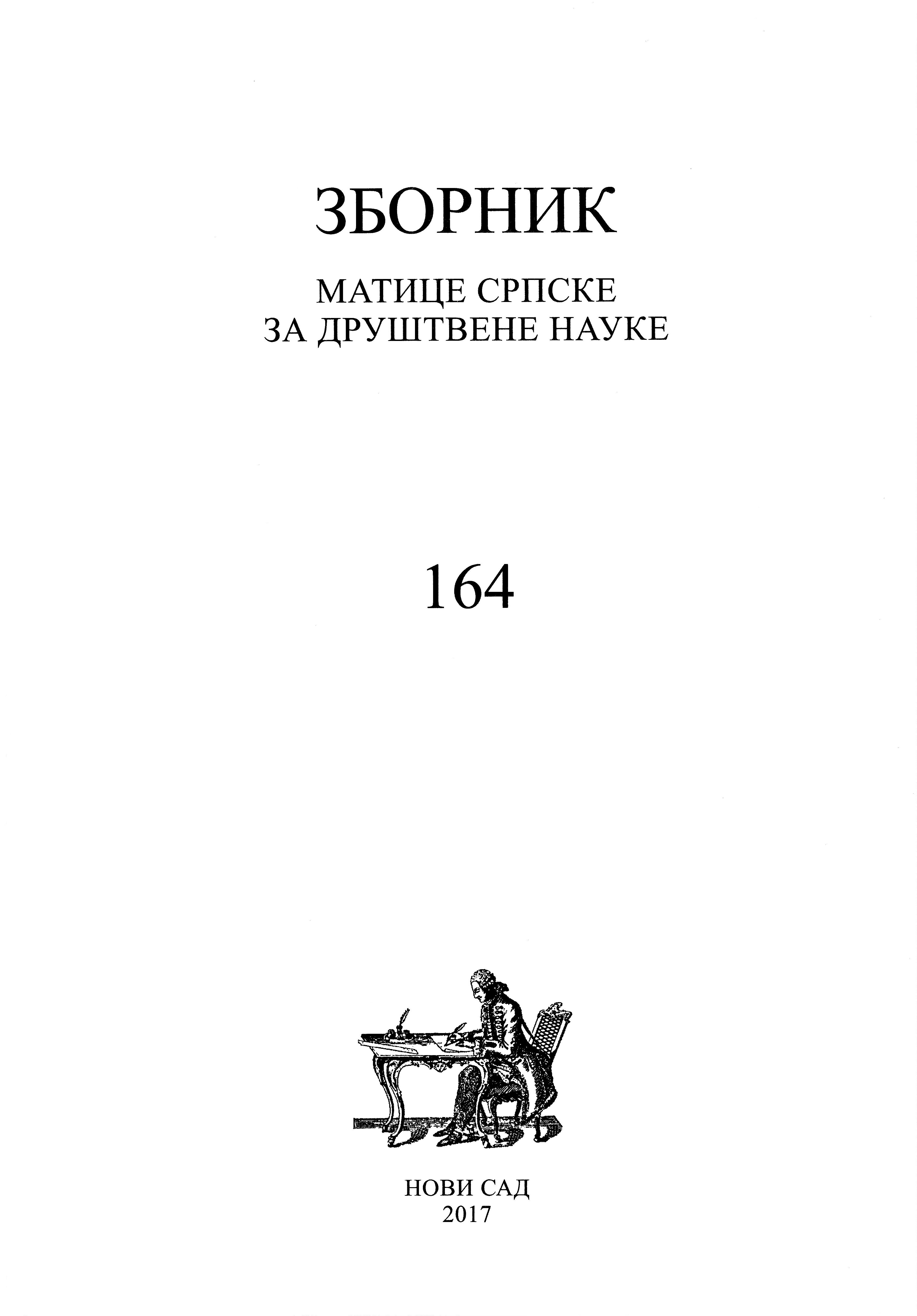Касандра хрли у смрт: слике у Еурипидовим Тројанкама и на једној атичкој вази
Cassandra Rushes to Death: Imagery in Euripides’ Troades and in on Attic Vase
Author(s): Đurđina Šijaković MaidanikSubject(s): Visual Arts, Studies of Literature, Theory of Literature
Published by: Матица српска
Keywords: Cassandra; marriage ritual; sacrificial ritual; Greek tragedy; attic ceramics
Summary/Abstract: This paper focuses on a passage from Euripides’ tragedy Troades (415 BC) and an imagery from an attic vase (cca 430 BC). In the paper I research in what manner the tragic poet Euripides (for the sake of theatre art) and the painter of one attic vase (for the sake of visual art), in their representation of a mythical episode, both use motifs from ritual practice in order to present their intimate thoughts and thus communicate with those to whom this art comes in an exceptionally refined way. In the aforementioned mythical episode, Trojan prophetess Cassandra knows that what follows is a short life of a personal slave to Greek king Agamemnon and then a violent death by the hand of Agamemnon’s wife Clytemnestra. The tragic poet diverges from the inherited tradition and innovates the myth, so his Cassandra “praises” her marriage with Agamemnon to whom he is actually a slave, even though she knows that this “slave marriage” will bring her death. Using motifs from marriage ritual, Euripides gives to his character the personal freedom to want the epilogue that follows, thus making her “agreement” meaningful. The painter of the represented vase uses the atmosphere of the sacrificial ritual in order to contextualize the relationship between Cassandra and the murderess. This paper puts together perpectives of different academic disciplines that derive from anthropology, classics, gender studies, theatre studies. Its special value and relevance lies in the fact that it situatues the textual analysis within the framework of social and cultural anthropology, considering the current interdisciplinary approach in humanities in general and in classics in particular.
Journal: Зборник Матице српске за друштвене науке
- Issue Year: 2017
- Issue No: 164
- Page Range: 727-739
- Page Count: 13
- Language: Serbian

